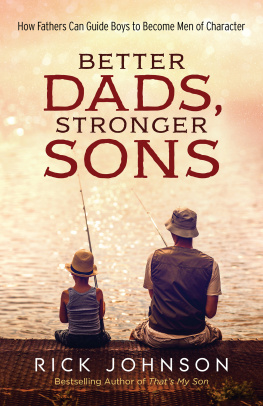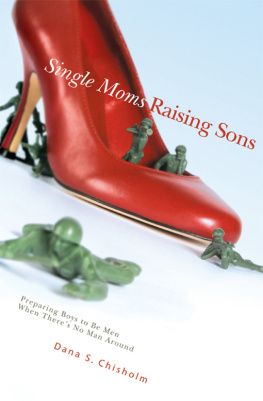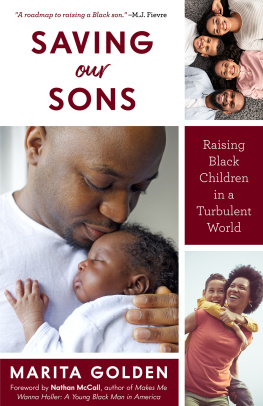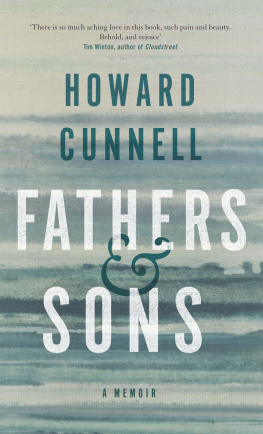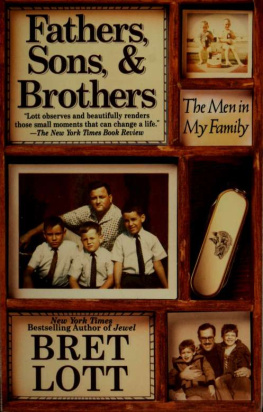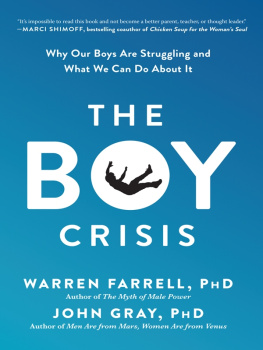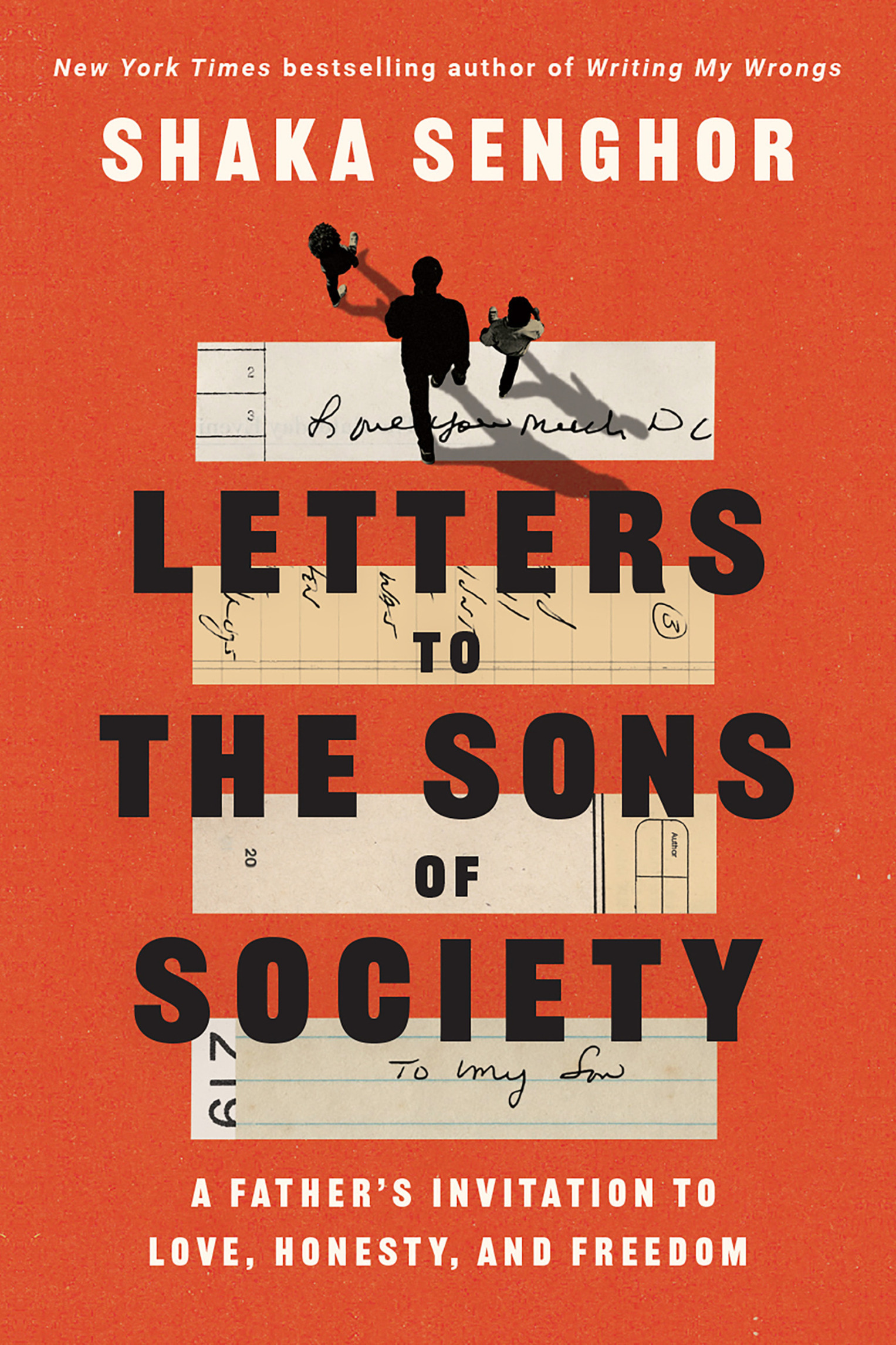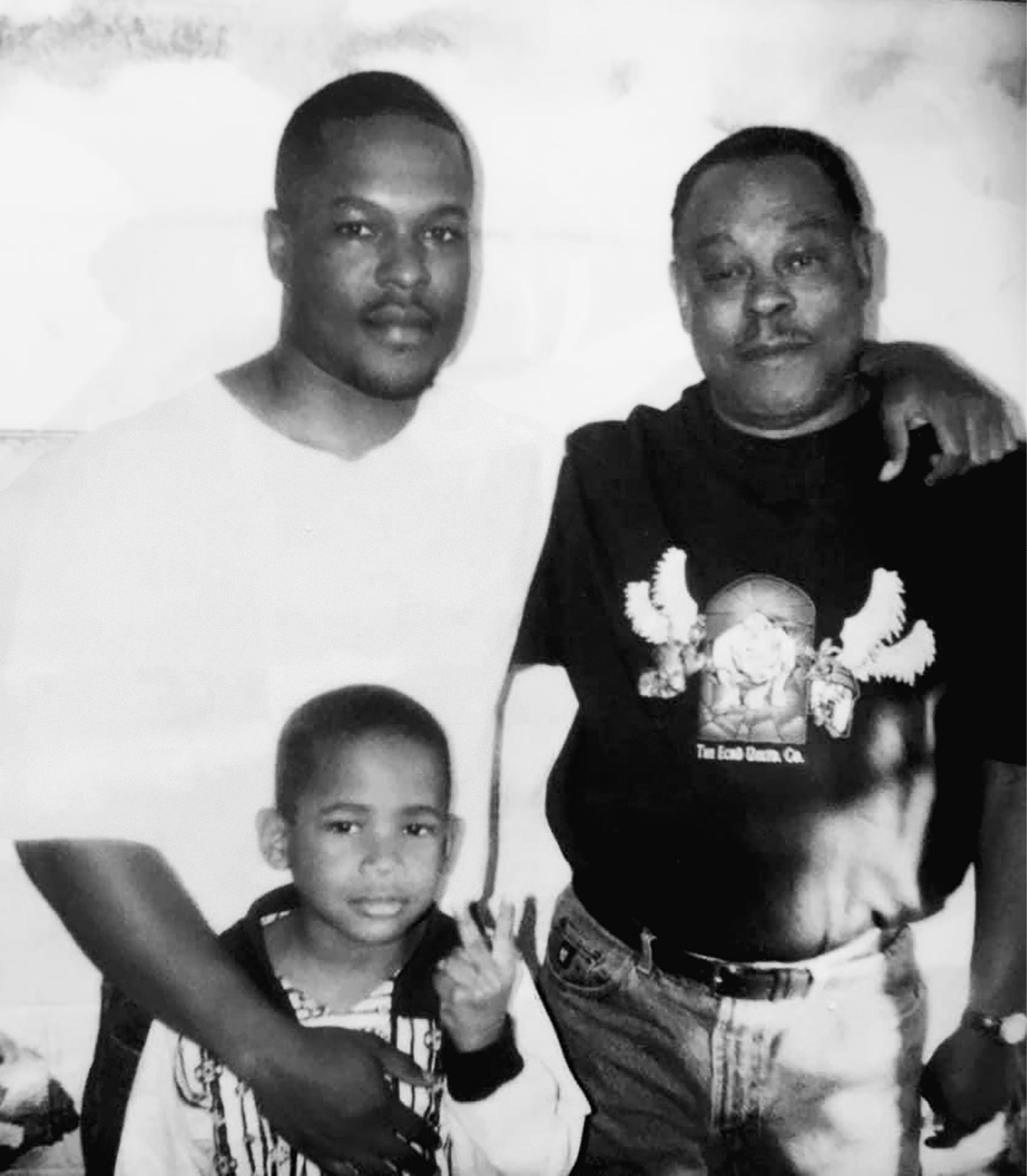Contents
Landmarks
Print Page List
Copyright 2022 by Shaka Senghor
All rights reserved.
Published in the United States by Convergent Books, an imprint of Random House, a division of Penguin Random House LLC, New York.
Convergent Books is a registered trademark and its C colophon is a trademark of Penguin Random House LLC.
Library of Congress Cataloging-in-Publication Data
Names: Senghor, Shaka, author.
Title: Letters to the sons of society / Shaka Senghor.
Description: First edition. | New York: Convergent, [2021]
Identifiers: LCCN 2021040092 (print) | LCCN 2021040093 (ebook) | ISBN 9780593238011 (hardcover) | ISBN 9780593238028 (ebook)
Subjects: LCSH: Fathers and sonsUnited States. | African American boysPsychology. | Children of prisonersUnited States. | African American fathersUnited States.
Classification: LCC HQ755.85 .S466 2021 (print) | LCC HQ755.85 (ebook) | DDC 306.874/20896073dc23
LC record available at https://lccn.loc.gov/2021040092
LC ebook record available at https://lccn.loc.gov/2021040093
Ebook ISBN9780593238028
crownpublishing.com
Frontispiece: courtesy of the author
Design by Fritz Metsch, adapted for ebook
Cover design: Emily Mahon
Cover illustration: Mike McQuade
ep_prh_6.0_138931609_c0_r0
Your children are not your children.
They are the sons and daughters of Lifes longing for itself.
They come through you but not from you,
And though they are with you yet they belong not to you.
Kahlil Gibran
Contents
Introduction
It was an early-spring day in Detroit, and I was riding in the passenger seat of my dads car, scared to death. We were en route to his aunts house, where a huge Great Dane waited for me in the backyard. I was thirteen at the time and comfortable around most dogs, but that beast was another thing altogether. It would scarf down pounds of food out of a five-gallon bucket, and still seemed hungry. I figured he could eat me whole.
Fortunately, when we got to my great-aunts house, all thoughts of going out into the yard ended when I realized that it was game two of the 1986 Eastern Conference playoff finals: the Boston Celtics versus the Chicago Bulls, Larry Bird versus Michael Jordan. For a thirteen-year-old basketball nut, it was nirvana.
The game itself was one thing. Jordan, all swagger, his wristband pulled up to his forearm, the way he looked over his shoulder at the basket as he jogged back on defensehe dropped 63 points on the Celtics, and still the Bulls lost. But what really caught my eye, and what caused me excitement and agony in equal measure, was those shoes: those red, white, and black Air Jordans.
Excitement because surely that was where Jordans magic resided, right? I mean, a pair of Jordans would give any player extra lift, extra power, extra speed. But agony, too, because of what had happened to me a year earlier.
In April 1985, as my seventh-grade year was winding down, the first Air Jordans droppedbut it was also the time when my parents were preparing to separate for the second time. They told me I was going to live with my dad and my uncle Charles on Yacama Road, on the east side of Detroit. Once there, I was fortunate enough to make friends quickly, and as the summer came around, I found my place among the boys on the block. It was a dope summer. We hung out, rode our bikes, played ballwe didnt have a care in the world. But there were clouds forming. Come late August, I would be heading to a new school in a new neighborhood. The boys on Yacama Road regaled me all summer with tales of the fights theyd had while walking to school, the guys from the surrounding neighborhoods of 7 Mile Road or 8 Mile Road picking on them. I should be ready, I was told, to defend our hood.
The only thing that got me through the fear was a back-to-school shopping trip my father had promised me. I wanted one thing: a new pair of Air Jordans. They cost twice as much as any pair of shoes I had ever owned, but my heart was set on a pair. My dad didnt seem to get my hintsinstead of heading to the Eastland Center, where I knew there were some Air Jordans at the Foot Locker, he drove us to JCPenney in Highland Park. There were no Air Jordans there. Instead, he made me try on a pair of canvas Air Force 1s, and when they fit, he bought them, and we trudged back to the car. I was devastated.
I wasnt devastated for long; about a week before school started, he arrived home one day with a Foot Locker bag. Inside, sure enough, was a pair of Air Jordans. Though they werent the exact ones Id wanted (seriously, thirteen-year-olds!), I was still ecstatic and couldnt wait to stride into Nolan Middle School with my Jordans on my feet. With the benefit of age, I realize now that my father was doing his best to bring me joy during a difficult time in our lives. For a kid like me, often moving around and being forced to make new friends, having cool sneakers was like having the golden key to the club of adolescent acceptance.
But my joy didnt last long. I decided that the Jordans were less a fashion statement than a practical pair of shoes that would turn me into their namesake on the court. In my first gym class, I got a quick steal, ran off down the court like a cheetah, and shot a jumper that swished through the rim, barely touching the net. I felt faster, quicker, and more athletic than anyone else on the court. It was true, the shoes were magicbut the damage was done. At the end of the class there was a large crease across the toe that could never be undone and scuff marks all over the sneakers. I had broken the cardinal rule of sneaker ownership: They were not, in fact, athletic shoes. They were to be worn for style and style only. Since I knew that there was no way of resurrecting the shoes to their pristine glory, I doubled down: I continued to play basketball in them both at school and at home.
One day, after I came inside from playing, my dad looked down at the shoes and asked me if they were the same Air Jordans that he had just spent his hard-earned money on. The shame hit me; I lowered my head and mumbled yes; he shook his head and walked away. He didnt yell at me or tell me to go to my room. It was worse: I could sense his disappointment, and for days afterward he barely spoke to me.
He finally broke the silence one day when I got back from school. I got you a pair of gym shoes, he said. Theyre in your bedroom. Imagine my horror at finding a Payless bag on my bed and inside a pair of Pro Wing high-top knock-off Jordans. Instead of soft, high-quality leather, they were made of hard, cheap plastic. The soles were plastic, too, guaranteed to make me slide all over the gym floor. I raced down the hallway in tears and told my dad that I would never wear those shoes. He just said, Until you become more responsible and take care of the things I provide thats all youre going to get.
That was the beginning of a protracted war of wills between us. I tossed the shoes into the closet, and for the rest of the school year I wore a mixture of older sneakers and the Jordans because he refused to buy me anything else and I was not wearing the Pro Wings.



